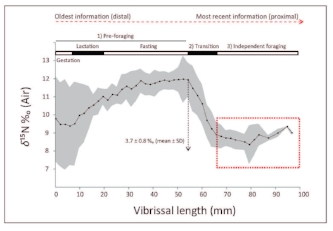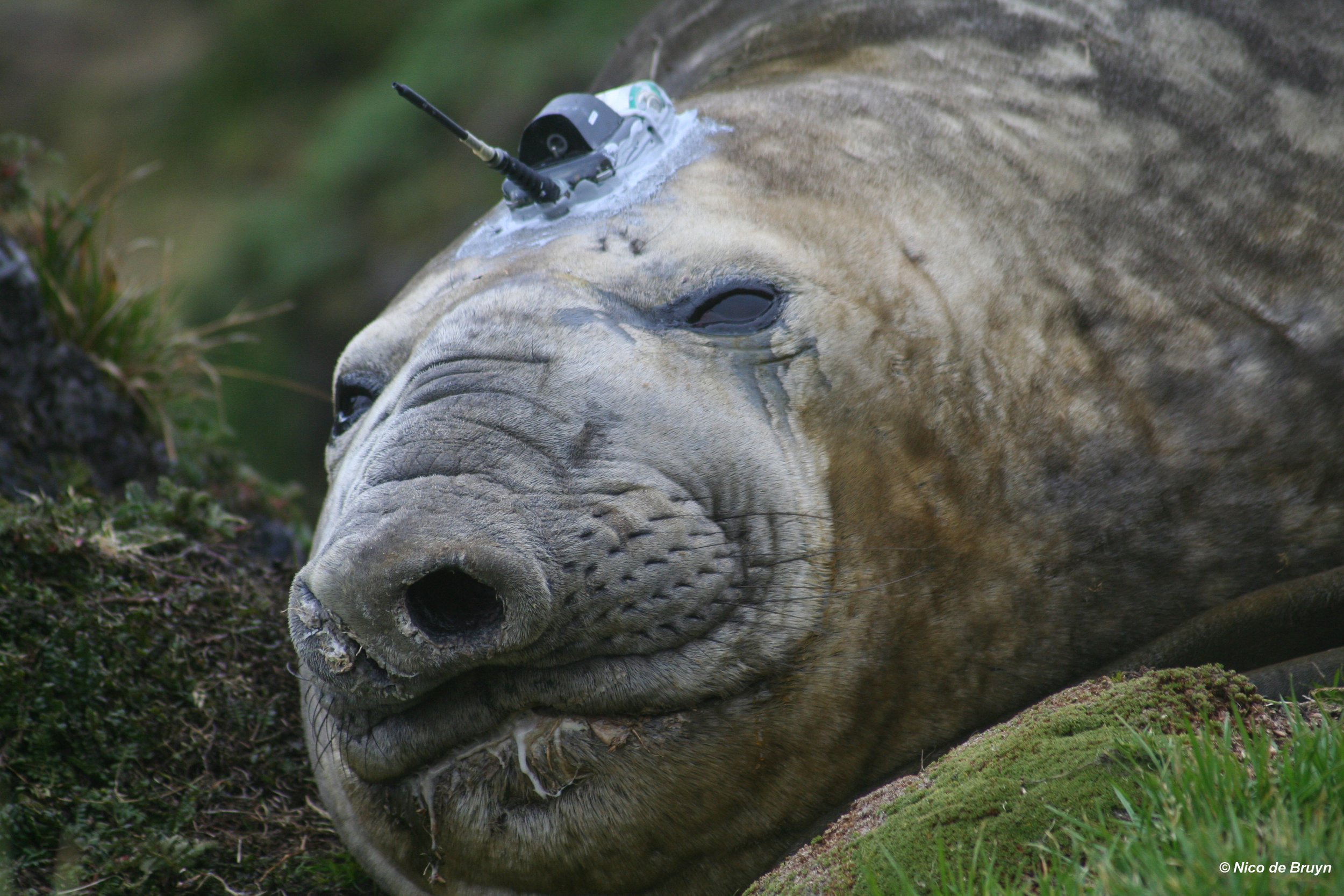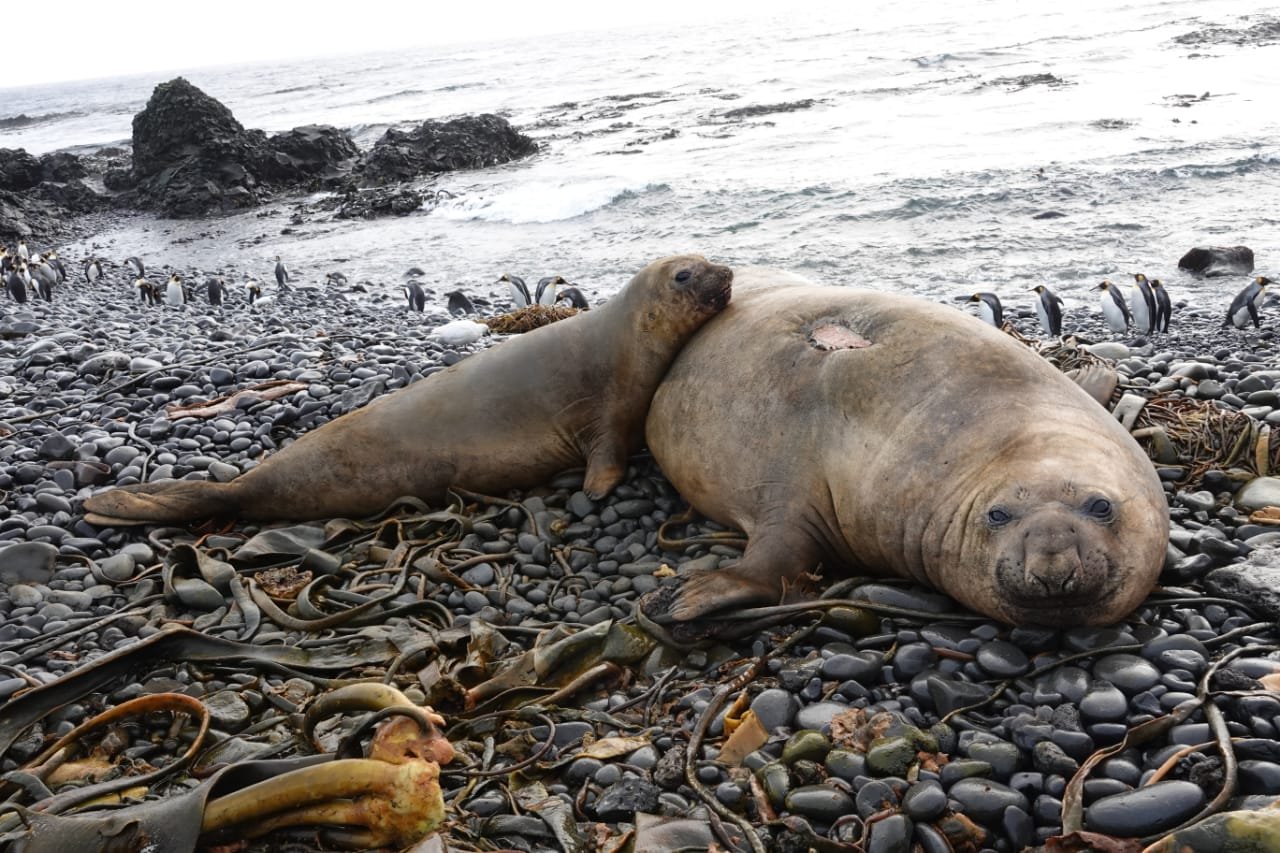What these forces are, we are currently unsure about. However, it is most likely not just one contributing factor but a combination of several. Population dynamics are never simple. The Marion Island Marine Mammal Programme has an intensive fur seal programme aimed at asking various questions to solve this mystery. This includes tracking fur seal females of both species to see where they are foraging and how hard they are working while foraging (inferred from diving behaviour), what they eat (diet) and how long they are staying away from their pups. Lastly, we then also weigh these females’ pups to see how successful the female has been at obtaining food.
Lastly, it should be stressed that a reduction in numbers does not necessarily mean that animals are dying. Emigration to other colonies could also contribute to population reduction. That means, populations elsewhere in the Southern Ocean could perhaps be growing due to an influx of animals. However, to determine whether this is in fact the case we need to know what is happening to the entire Southern Ocean population of Subantarctic and Antarctic fur seals, not just on Marion Island, before we can make assumptions on the growth of the species.
Written by: Mia Wege [mwege@zoology.up.ac.za]
Reference:
Wege, M., Etienne, M.-P., Oosthuizen, W.C. , Reisinger, R.R., Bester, M.N. & de Bruyn, P.J.N. (2016) Trend changes in sympatric Subantarctic and Antarctic fur seal pup populations at Marion Island, Southern Ocean. Marine Mammal Science, DOI: 10.1111/mms.12306
The full scientific article can be obtained from the Journal of Marine Mammal Science or by contacting the authors directly.
Acknowledgements:
This work would not have been possible without logistical support provided Department of Environmental Affair, funding provided by the National Research Fund's South African National Antarctic Programme. Greg Hofmeyr helped plan the 2013 total island count, gave valuable insight and passed on a wealth of experience. Dawn Cory-Toussaint, Cheryl Tosh, Santjie du Toit, Mashudu Phalanndwa, Paul Visser, Derek van der Merwe, Hugh Purdon, Christiaan Conradie, Shadrack Podile, Thomas Mufanadzo, Johan van der Vyver, Nadia Hansa, Daniël Kotzé and Liezl Pretorius were instrumental in either helping with or doing counts themselves.




















































